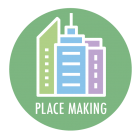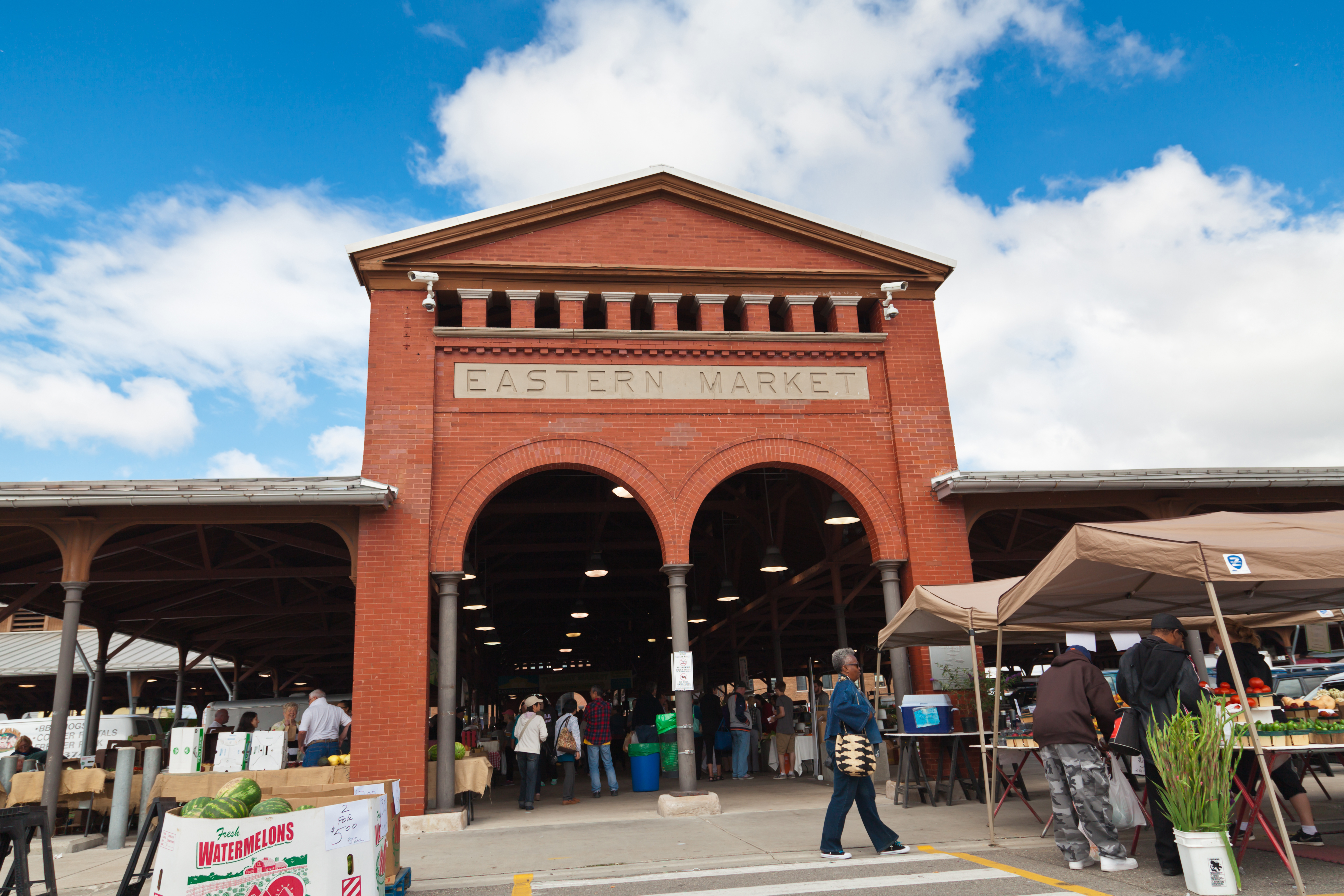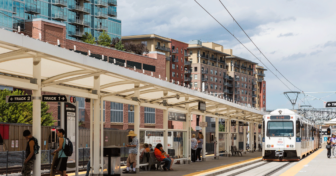
In two recent posts (here and here) we have explored why the demise of big cities due to the pandemic is unlikely to happen. That American history is full of predictions of the death of the city which have always been wrong.
Why? First concentrated talent working face to face significantly boosts productivity. So employers––particularly high-wage employers––want to be there. And second, people––particularly young professionals––want to live in high-density, high-amenity urban neighborhoods where you do not need to own a car.
Another enduring strength of big cities is their ability to reinvent themselves, particularly after disasters. Derek Thompson writes about that history of reinvention in an Atlantic article entitled Get ready for the great urban comeback: Visionary responses to catastrophes have changed city life for the better. He writes:
The 21st-century city is the child of catastrophe. The comforts and infrastructure we take for granted were born of age-old afflictions: fire, flood, pestilence. Our tall buildings, our subways, our subterranean conduits, our systems for bringing water in and taking it away, our building codes and public-health regulations—all were forged in the aftermath of urban disasters by civic leaders and citizen visionaries.
… America’s fractious and tragic response to the COVID-19 pandemic has made the nation look more like a failed state than like the richest country in world history. Doom-scrolling through morbid headlines in 2020, one could easily believe that we have lost our capacity for effective crisis response. And maybe we have. But a major crisis has a way of exposing what is broken and giving a new generation of leaders a chance to build something better. Sometimes the ramifications of their choices are wider than one might think.
So what might the American post-pandemic big city look like? What are the transformative changes we have not had the political will to do before, but now may understand the necessity of getting done? Beyond universal health coverage, Thompson’s answer:
City leaders could redesign cities to save lives in two ways. First, they could clamp down on automotive traffic. While that may seem far afield from the current pandemic, long-term exposure to pollution from cars and trucks causes more than 50,000 premature deaths a year in the United States, according to a 2013 study. Respiratory conditions aggravated by pollution can increase vulnerability to other illnesses, including infectious ones. The pandemic shutdowns have shown us what an alternative urban future might look like. Cities could remove most cars from downtown areas and give these streets back to the people. In the short term, this would serve our pandemic-fighting efforts by giving restaurants and bars more outdoor space. In the long term, it would transform cities for the better—adding significantly more room for walkers and bicycle lanes, and making the urban way of life more healthy and attractive.
Second, cities could fundamentally rethink the design and uses of modern buildings. Future pandemics caused by airborne viruses are inevitable—East Asia has had several this century, already—yet too many modern buildings achieve energy efficiency by sealing off outside air, thus creating the perfect petri dish for any disease that thrives in unventilated interiors. Local governments should update ventilation standards to make offices less dangerous. Further, as more Americans work remotely to avoid crowded trains and poorly ventilated offices, local governments should also encourage developers to turn vacant buildings into apartment complexes, through new zoning laws and tax credits. Converting empty offices into apartments would add more housing in rich cities with a shortage of affordable places to live, expand the tax base, and further reduce driving by letting more families make their homes downtown.
The architects at Practice for Architecture Urbanism (PAU) have prepared an overview of what Lower Manhattan could look like if the city banned “all private vehicles in Manhattan other than taxis, buses, emergency and freight vehicles, Access-A-Ride, and ride share services soon after the pandemic abates—in order to transform not only Manhattan but all of the boroughs who are forced to bear its traffic.” They describe their vision for the post-pandemic big city this way:
PAU believes that streets belong to the people, to the bus riders and bicyclists and walkers and strap-hangers that give New York its energy, its waning sense of egalitarianism, its sense that regardless of who we are or where we are from, we meet on the sidewalks eyeball to eyeball. To promote such positive social friction, we propose a series of public, commercial, social, and transit infrastructure projects alongside the private vehicle ban that would benefit all New Yorkers, regardless of borough, ability, race, economic status, age, or commute. In addition to more space for pedestrians and cyclists and wheel chair users, and improved accessibility with the addition of mid-block crossings, PAU proposes the following street side infrastructure components that communities could agree upon and deploy through a self-determined process. Such components could include homeless outreach stations for social workers and staff members of the Department of Homeless Services, employment centers, bike repair facilities, library micro-branches, Pre-K facilities, more bus stop shelters, public seating areas, new self-cleaning public toilets, multi-purpose canopies, and more formal market stalls for street vendors. Street side initiatives would also include solid waste management and composting sites (helping to rid our current condition of mountains of sidewalk garbage).
The proposal offers health benefits across our boroughs, such as reductions in childhood asthma in disadvantaged communities that have historically suffered from commuter vehicular congestion. In terms of larger environmental impact, we anticipate that the project would result in a substantial reduction of greenhouse gas emissions (which also correlates to declines in public health) of up to 25% and carbon dioxide reductions of up to 30% in Manhattan, and 10% and 12% respectively in the outer boroughs (BuroHappold). In doing so, “Not Your Car” would become a model for other cities across the globe, while also following the strides that came before through global congestion pricing and other initiatives in urban areas.
Great cities remain attractive places to live and work because they are constantly transforming themselves to meet the needs of the times. Clearly this pandemic has made clear that now is one of those times that requires redesign of our big cities. Let’s hope we have the political will to do that redesign. If we do, our cities can be better than ever.







